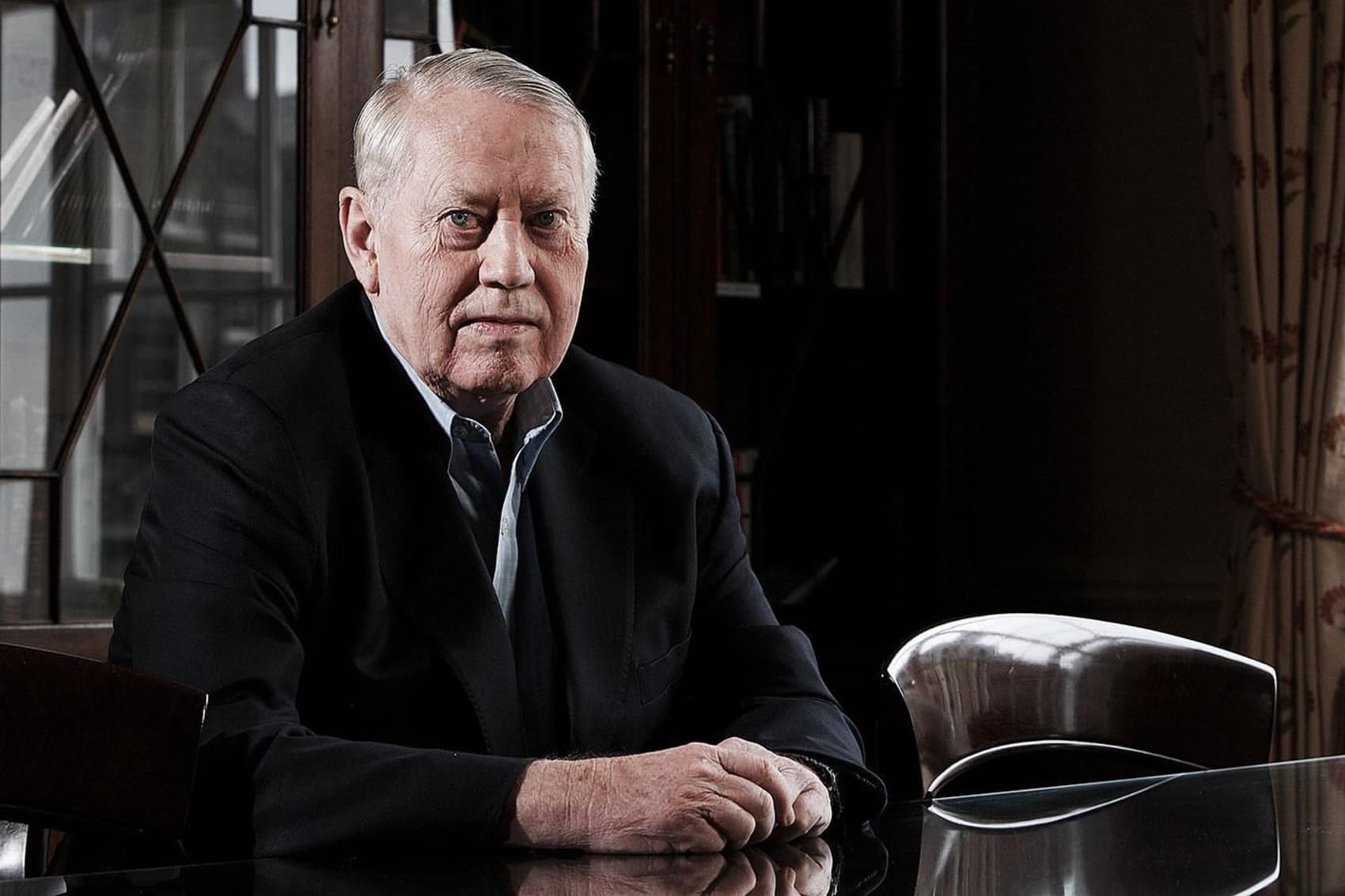30 Jun 2025
10 min
Elon Musk’s $34B ‘Loss’ and the Philanthropy Behind It

Following a sharp drop in Tesla’s share price, outlets reported that the world’s richest person, Elon Musk, had “lost” $34 billion in a single day. That figure exceeds the annual GDP of countries like Iceland, Jamaica or Mauritius. Gaining or losing even 0.001% of that wealth would be life-changing for most people.
But this “loss” is entirely nominal. A decline in share prices means Musk is technically worth less. If prices rebound, so does his net worth.
While such volatility can devastate smaller investors reliant on their portfolios, it is a recurring feature of ultra-wealth. Consider the $100 billion decline in Meta CEO Mark Zuckerberg’s fortune during his Metaverse pivot, or the $18 billion drop Microsoft founder Bill Gates experienced during the 2008 financial crisis.
These share price shifts may reduce billionaires’ net worth on paper, but they rarely affect their lifestyle. Where they do matter, however, is in philanthropy. Here, timing is everything. The higher the share price at the point of donation, the greater the tax benefit, and the more reputational capital to be locked in.
This raises deeper questions about how philanthropic incentives are structured, and who ultimately benefits.
Although philanthropy is often associated with generosity, legacy or moral responsibility, these are only part of the picture. This is particularly true when it comes to major giving by the ultra-wealthy.
Instead, from a wealth advisory perspective, one of the most strategically valuable (yet less publicly discussed) motivations is tax management. And while many assume that philanthropy means donating money, tax systems often encourage the donation of appreciated assets, particularly shares, instead.
As a worked example by the Bank of America illustrates, a $50,000 donation in appreciated stock might easily present a tax benefit of almost $10,000 over and above the tax benefits of donating the same amount in cash.
Why is that? First of all, there is the potential of a tax deduction equal to the fair market value at the point of donation. The value of the asset at the point of donation is important for your tax deduction, not what you actually paid for it or whether its value is going to plunge in future.
On top of that, there are opportunities to reduce other taxes too. This includes capital gains or inheritance taxes, the latter illustrated in the establishment of one of the world’s largest foundations, the Ford Foundation and its use as a vehicle to manage both inheritance tax and maintain corporate control.
But the benefits of donating shares and other appreciated assets are not just financial. For high-profile donors, philanthropy also serves as a powerful tool for shaping public perceptions, projecting images of civic virtue, moral leadership, and social responsibility. It allows them to convert one form of capital, such as financial wealth, into others — social status, cultural influence or symbolic legitimacy.
Volatile, appreciated and often bound-up assets can be unlocked and transformed into something far more enduring — a philanthropic legacy. Even if share prices plunge after the donation, the donor has already secured both a substantial tax benefit and a lasting philanthropic image.
Tax management is a longstanding concern in philanthropy, particularly in relation to philanthropic foundations. But it really is donor advised funds (DAFs) that now warrant closer scrutiny as the real “warehouses of wealth.” Constituting one of the fastest-growing vehicles for philanthropy, DAFs act as “giving accounts.” They allow donors to claim charitable contributions and receive immediate tax deductions but without actually making an immediate charitable contribution to society.
While donors technically give up ownership of these assets, they retain advisory privileges over whether and when resources are granted, to whom, and in what amounts. DAFs have no legal requirement to disburse funds within a specific timeframe. That means that any charitable spending can be delayed, potentially indefinitely, despite the upfront public subsidy via tax relief.
Time for Reform?
All of these issues raise serious questions as to whether philanthropic architecture is ripe for reform. When donors can receive substantial tax and social benefits by donating volatile assets, regardless of whether or when they benefit the public, it seems that both society and the philanthropy field are shortchanged.
First, significant resources are diverted from the public purse into privately controlled channels, often with limited oversight. Second, charitable giving is decoupled from charitable action or impact. Third, influence is consolidated — decisions about how public-subsidized funds are used are made not through democratic processes but through private choice.
The most corrosive effect, however, may be on philanthropy itself. As financial incentives and personal benefits are recast and presented as altruistic, the perception, purposes and potential of philanthropy for the public good risk being eroded and replaced by cynicism.
This brings us back to Musk’s $34 billion “loss.” While headlines framed it as a dramatic reversal of fortune, the real story lies not in the number but in the system behind it. For those whose wealth is held in stock, market volatility presents a tool for tax planning, image-making, strategic giving and long-term influence. What looks like loss may in fact be leverage.
Editor’s note: This article is part of a partnership the Chronicle has forged with the Conversation and the Associated Press to expand coverage of philanthropy and nonprofits. The three organizations receive support for this work from the Lilly Endowment. This article is republished from the Conversation under a Creative Commons license.
Share this Article
Next Read

We Are the Ones We’ve Been Waiting For
A reflection on everyday generosity and collective impact in communities

Chuck Feeney: The Billionaire Who Gave Away His Fortune
The inspiring story of Chuck Feeney, the billionaire who donated his wealth

Fixing the News: Stories That Inspire Change
How storytelling and optimism can reshape the news narrative